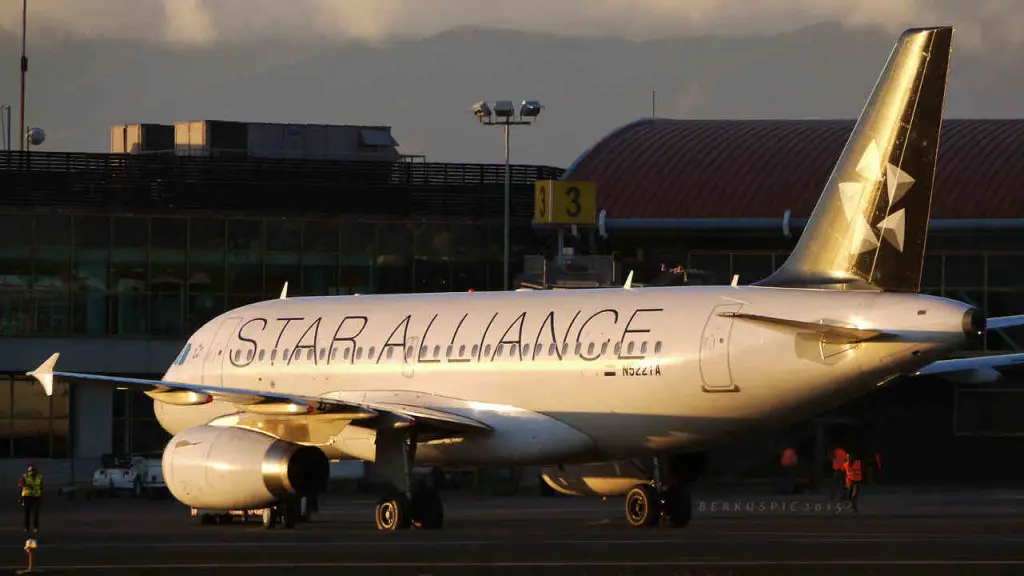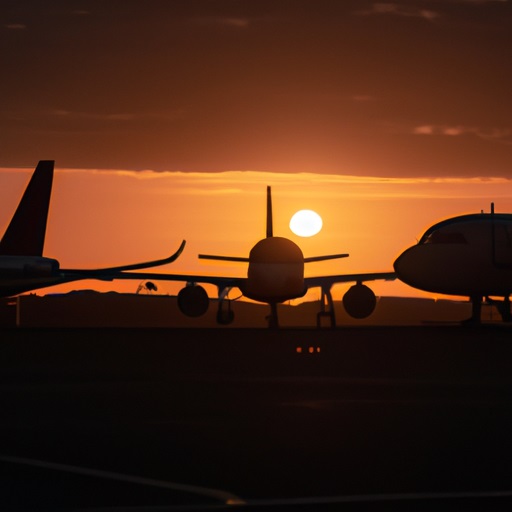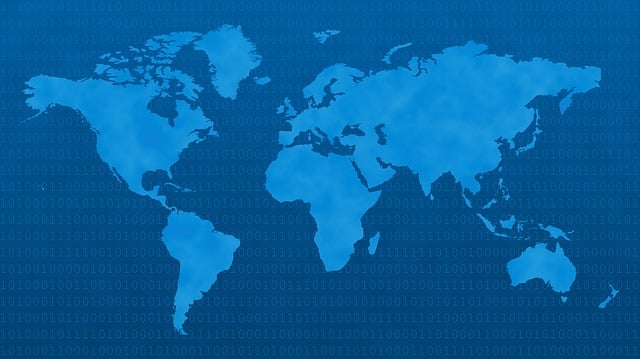
Why do Airlines Join Airline Alliances?
Currently, there are three major multinational airline alliances, namely Star Alliance, SkyTeam, and Oneworld (passenger airline sector). Multinational airline alliances have become an important factor in the strategic growth of international airlines.
These three airline alliances account for nearly 47% of the global air passenger traffic. Star Alliance is the largest in terms of both market share and the number of member airline affiliations, followed by SkyTeam and Oneworld.
History and origin of airline alliances
Air transport liberalization played a major role that led to rapid progress in the formation of airline alliances. After decades of strict regulations post World War II, the campaign for bilateral and multilateral liberal air service agreements began and gained pace in the US in 1977.
In 1989, the US Department of Transportation initiated a program that allowed foreign airlines to provide flight services to those US cities that were not served by the US airlines. Airlines from countries that had bilateral air service agreements with the US became eligible to operate air passenger service in the US.
In 1991, it was further expanded, which allowed non-US airlines to provide flight services between the US cities and their home country (to multiple cities).
The Open Skies agreement between the US and the Netherlands in 1992 can be considered a turning point. This agreement was the pillar that led the KLM-Northwest joint venture to obtain Antitrust Immunity (ATI) in 1993.
Antitrust Immunity (ATI) allowed KLM and Northwest to form a joint venture agreement, which enabled them to coordinate pricing and schedules. This joint venture can be debated as the major foundation block that eventually paved the way for the formation of multinational airline alliances.
Until the early 1990s, multinational airline alliances were not in existence in the same form as they exist now. The current form of multinational airline alliances came into existence with the establishment of Star Alliance in 1997, which was followed by the formation of Oneworld in 1998, and SkyTeam in 2000 (SkyTeam was formed through the merger between Wings and Atlantic Excellence, two other smaller former alliances).
Why do airlines join airline alliances?
To extend network reach
The airline industry is highly complex, dynamic, and global. In the present era of globalization and the high level of international passenger travel, international airlines cannot survive with operational reach within a few restricted boundaries. They have to extend their network and tap lucrative flight routes to sustain profitably.
However, as prevalent in other industries, airlines cannot easily merge or acquire another airline, as there are many constraints (including nationality clause) regarding the mergers and acquisition of airlines beyond the national boundaries.
Thus, airline alliances were born as an alternative to such restrictions and enable cooperation among the member airlines globally.
Airline alliance helps cope with uncertainties and regional fluctuations
Furthermore, airlines are also characterized by a high level of operational instability. Over the last 20 years, the business environment for airlines has become more and more complex, especially with the continuing progress of globalization.
There are many threats from the external environment, including intensive market competition and increasing business complexity. Thus, operating solo or forming a single partnership alliance might not be enough to fulfill the business development goals of many airlines.
Also, a highly unstable global economic scenario and fluctuations in air passenger traffic and fuel price can adversely affect the operations and profitability of an airline. Multinational airline alliances, through their global network reach and economies of scale (provide sufficient traffic through extended routes, and hence maintain a reasonable revenue stream) help airlines cope up with such uncertainties to some extent.
Cost synergy and improved efficiency
Airline alliances also help create ‘cost synergy’ by combining resources, which further help to reduce uncertainty, share the risks among the members and reduce external competition to manageable levels.
For example, cost benefits can be achieved by co-locating member airlines in the same terminal at a larger airport, where possible. By such measures, it provides cost efficiencies from pooling activities such as ground handling, check-in, and airport lounges.
In terms of technology, the member airline can jointly fund expensive and long-term projects such as modernizing and upgrading IT systems infrastructure. This helps member airlines to extend their business networks considerably without the burden of huge costs. It increases the competitiveness of member airlines in comparison to the non-aligned members who might not be able to cope with such technological investments by themselves.
Increased profitability of member airlines
Furthermore, the alliance enables member airlines to increase profits in various ways by improving pricing and reducing costs. For example, in terms of airfare, the alliance helps to create value by providing better pricing for the customer. This could be done when member airline partners create interline fares. By coordinating with an alliance member, the airlines can remove the ‘double marginalization.’
Similarly, through the ‘economies of traffic density,’ airline alliance members are able to reduce their per-passenger cost (that is through an increased number of passengers carried on the network).
Also, since multinational airline alliance members (mostly the full-service carriers – FSCs) mainly operate in a hub-and-spoke model, they can cooperate and create strategies to feed passengers from regional airports through their hubs. Through increased traffic densities at the hub airports, member airlines can operate larger, and more efficient aircraft, with increased load factors, which further reduces the average cost per passenger.
Thus, economic factor and ‘cost synergy’ also plays a major role to accelerate changes in the airline strategy, and prompt airlines to join airline alliances; so as to create economies of scale, promote their business, and enhance their competitive advantage.
Multinational airline alliance also helps the member airline to strengthen their brand value and recognition at a global scale.






